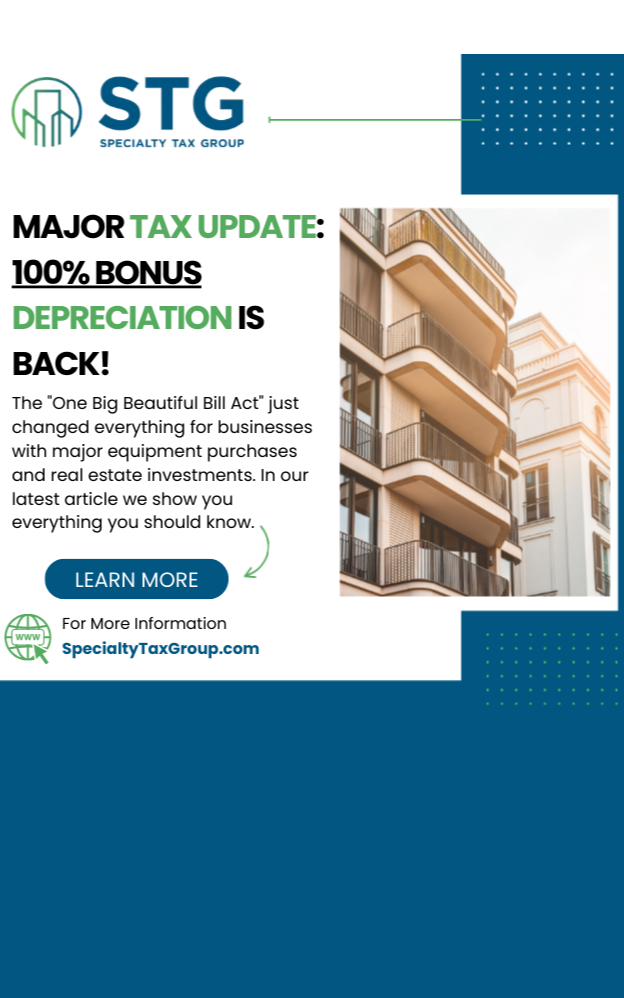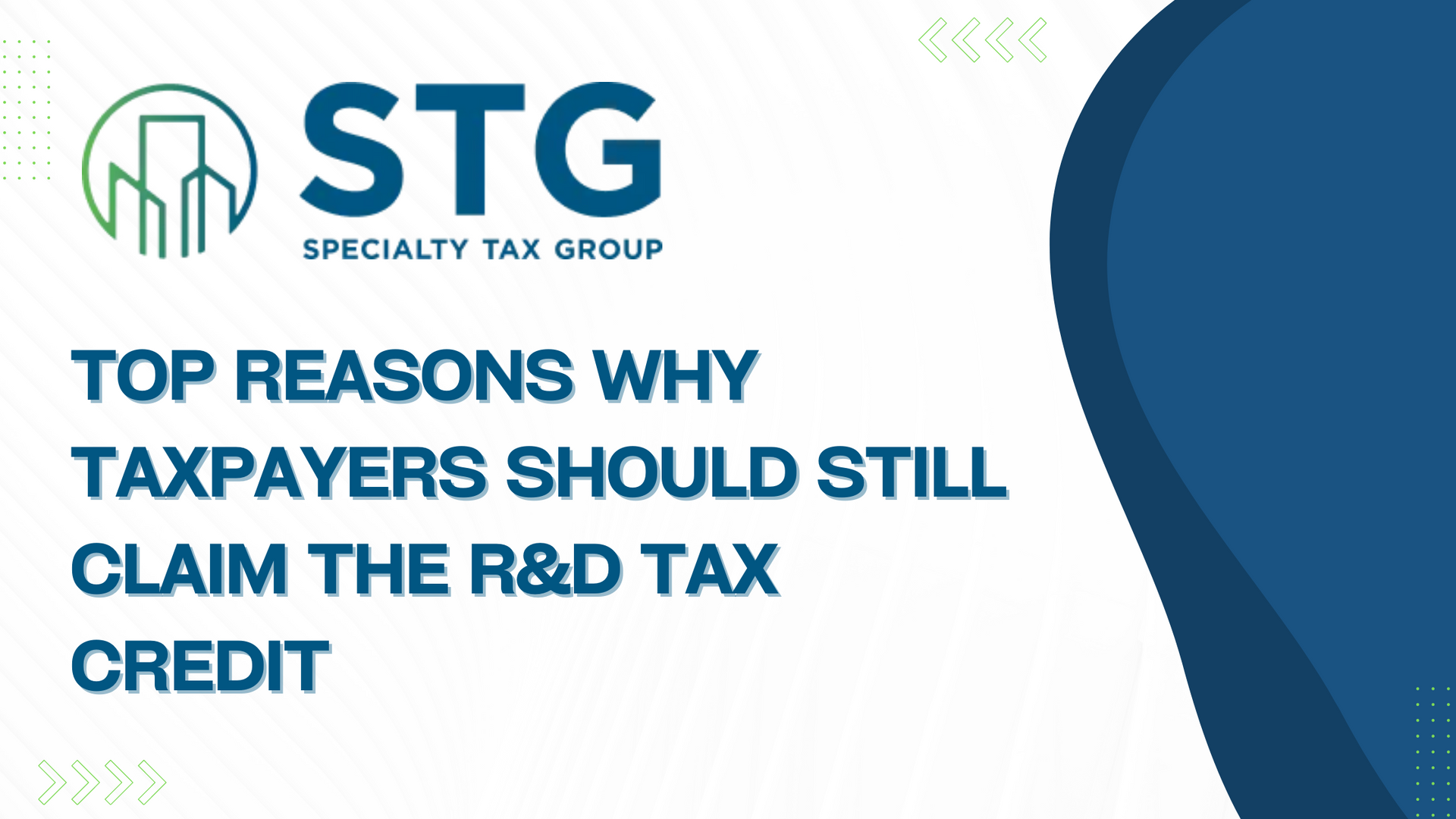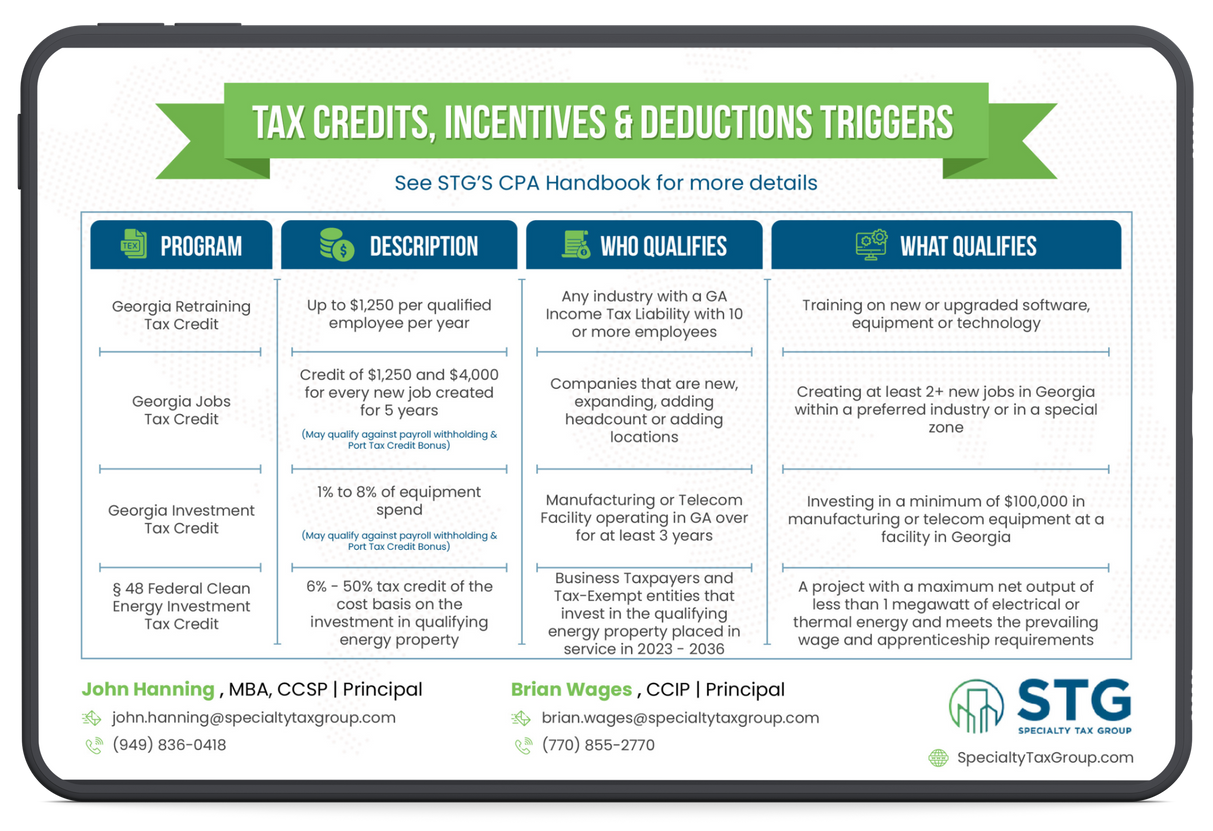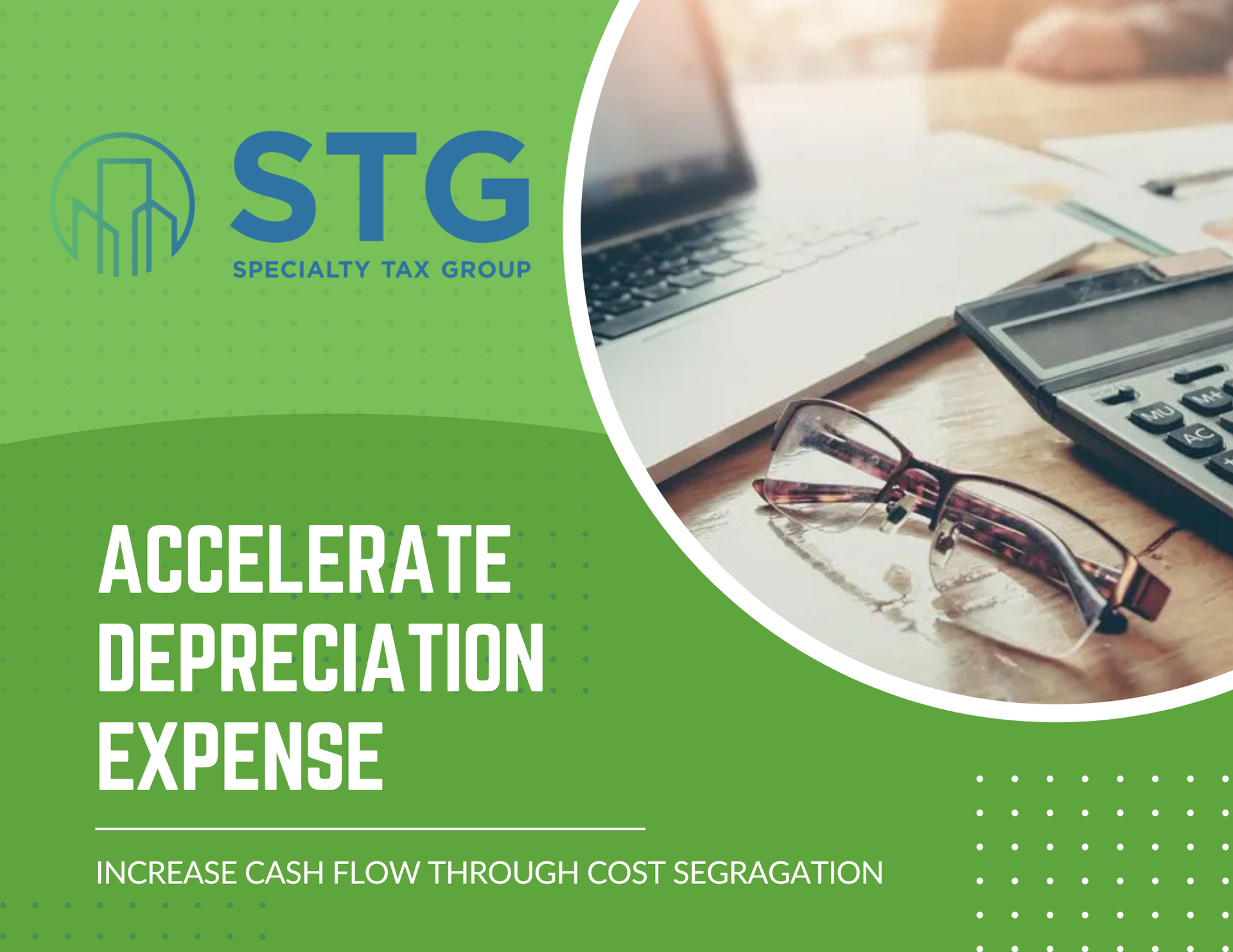This blog post has been researched, edited, and approved by John Hanning and Brian Wages. Join our newsletter below.
Top reasons why taxpayers should still claim the R&D Tax Credit
$500,000 in Potential Tax Savings Awaits Startups Claiming the R&D Tax Credit in 2023
This staggering figure underscores why taxpayers should still jump at the chance to leverage this valuable incentive. Let's dive into the top reasons why claiming the R&D Tax Credit remains a smart move for businesses of all sizes.
Immediate Financial Relief for Innovators
Gone are the days when the R&D Tax Credit was a distant promise of future savings. Now, it's a cash flow booster that provides immediate financial relief. Both startups and established companies can apply this credit directly against payroll taxes, freeing up capital for further innovation and growth. This instant benefit makes the R&D Tax Credit a no-brainer for businesses looking to maximize their financial resources.
2022 Tax Law Changes: The New Section 174 Requirements
As of 2022, a significant change in tax law under Section 174 requires taxpayers to capitalize and amortize their R&D expenditures over five years rather than immediately deducting them. This rule applies whether or not a business claims the R&D tax credit, making it crucial for taxpayers to comply to avoid penalties and scrutiny during an IRS audit.
To minimize the burden of this change, taxpayers should continue to claim the R&D tax credit, as it helps to offset the increased tax liability.
Important considerations:
- The new law applies regardless of whether you claim the credit. Ignoring this requirement puts taxpayers at risk of IRS audits.
- Claiming the R&D credit annually before 2022, but denying R&D activities post-2022, could raise red flags for the IRS, potentially leading to an audit.
- While there may be a higher tax burden in years 1 and 2, taxpayers typically break even by year 3 or 4, as deductions from prior years compound.
Breaking Down Misconceptions
Many small and medium-sized enterprises (SMEs) leave money on the table due to misconceptions about the R&D Tax Credit. Let’s set the record straight:
- The credit isn’t just for profitable companies.
- You don’t need a lab coat to qualify.
- It’s not too complicated to claim with the proper guidance.
Even companies with little to no income tax liability can still benefit, and the credit can be carried forward for up to 20 years. Essentially, you're banking tax savings for the future, even if your business isn’t profitable yet.
State-Level Bonuses
While the federal R&D Tax Credit is substantial, don’t overlook state-level incentives. Many states offer their own R&D tax credits, some even refundable. This double-dip opportunity can significantly amplify your tax savings, making your R&D investments work even harder for you.
Eligibility: Broader Than You Think
The R&D Tax Credit isn’t just for groundbreaking scientific discoveries. It’s designed to reward a wide range of innovative activities, such as:
- Developing new products or processes.
- Improving existing products or processes.
- Creating new software or enhancing current systems.
- Conducting technical feasibility studies.
If you’re thinking, “We do that all the time,” you’re not alone. Many businesses are engaging in qualifying R&D activities without realizing it, which is why it’s crucial to reassess your eligibility regularly.
The Economic Ripple Effect
For every dollar in R&D tax credit, up to $3 in additional R&D investment is generated. This multiplier effect benefits not only your business but also the entire economy. By claiming the R&D Tax Credit, you're reducing your tax burden and contributing to a cycle of innovation that drives economic growth and competitiveness.
Navigating the Documentation Maze
Claiming the R&D Tax Credit requires some legwork, but don’t let that deter you. Think of it as an opportunity to improve your project management and record-keeping. Detailed documentation of your R&D activities can serve as a valuable business asset, providing insights into your innovation process and uncovering new opportunities for improvement.
Don’t Leave Money on the Table
The R&D Tax Credit is a powerful tool that can fuel your innovation engine and boost your bottom line. With immediate financial relief, state-level bonuses, and long-term economic benefits, it's a strategy that smart businesses can’t afford to ignore.
Ready to Unlock the Full Potential of Your R&D Investments?
Specialty Tax Group is here to guide you through the process, ensuring you maximize your tax savings while staying compliant.
Contact us today to start turning your innovative efforts into tangible financial benefits. Let’s make your R&D work harder for you!
FAQs About the R&D Tax Credit
What is the R&D Tax Credit?
The R&D Tax Credit is a federal incentive designed to encourage businesses to invest in innovation. It rewards companies for developing new products, processes, or software, as well as improving existing ones.
Can startups with no profit benefit from the R&D Tax Credit?
Yes! Startups can apply the R&D Tax Credit against payroll taxes, providing immediate financial relief even if the business isn’t currently profitable.
Is the R&D Tax Credit only for companies in the tech or science sectors?
No. The credit applies to a wide range of industries and activities, including product development, process improvement, and software creation. You don’t need a lab coat to qualify!
Are there state-level R&D tax credits in addition to the federal credit?
Yes, many states offer their own R&D tax credits, which can be combined with the federal credit to amplify your savings. Some states even offer refundable credits.
What documentation is needed to claim the R&D Tax Credit?
You’ll need detailed records of your R&D activities, including project descriptions, timelines, and costs. While documentation can seem daunting, proper record-keeping can also improve your project management and reveal new opportunities for innovation.
2024 Tax Guide






